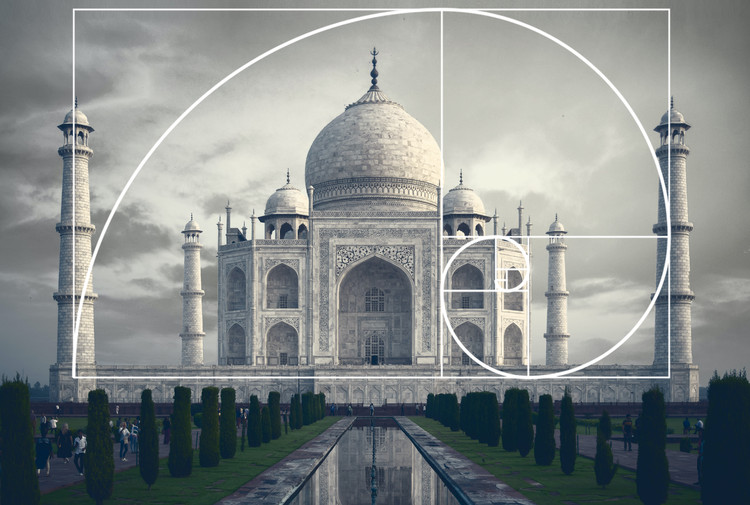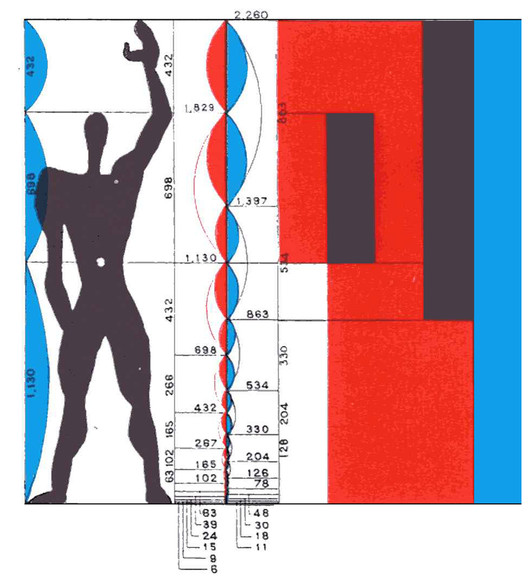
One of the most famous series of numbers in history, the Fibonacci sequence was published by Leonardo of Pisa in 1202 in the "Liber Abaci", the "Book of Calculus". The famous sequence of numbers became known as the "secret code of nature" and can be seen in the natural world in several cases. But, after all, how does this sequence relate to architecture?
Leonardo of Pisa, better known as Fibonacci, wrote his series of numbers (1, 1, 2, 3, 5, 8, 13, 21, 34, 55, 89, 144, 233...) to solve a hypothetical problem of breeding rabbits in your Calculation Book. In its content, the fundamental thing is to know that whatever the number in the sequence is, it is the result of the sum of the two previous ones. For example: 2 + 3 = 5, 5 + 3 = 8, etc. This constant creates a very close relationship with the golden number (1.61803399), called the golden ratio, which mathematically represents the "perfection of nature". After all, when dividing a number from the Fibonacci sequence by its previous one, the result will be closer and closer to 1.618. The higher the numbers chosen, the closer the result is to the golden ratio.







